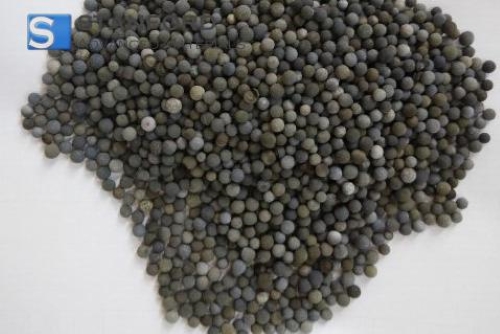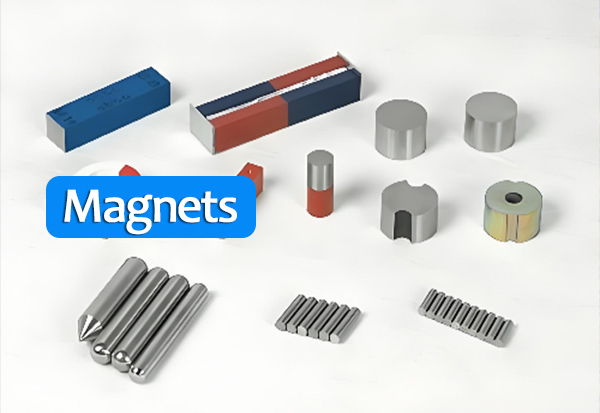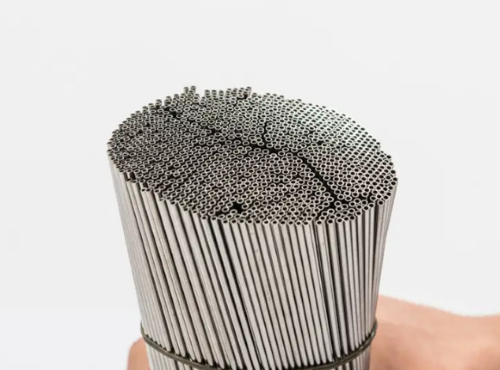What Is Tungsten Disulfide Used for
What is Tungsten Disulfide?
As we all know, Tungsten Disulfide is one of the most lubricious substances in the world and is a dry lubricant powder. Tungsten Disulfide can offer great dry/solid lubricity unmatched to any other substance, including Molybdenum Disulfide (MoS2) or Graphite.

Tungsten Disulfide Applications
Thanks to many properties of Tungsten Disulfide that are similar to Molybdenum Disulfide, tungsten Disulfide (WS2) can also be used instead of Molybdenum Disulfide (MoS2). Tungsten Disulfide (WS2) can also be widely used in high-temperature and high-pressure fields. It offers temperature resistance from -450 deg F (-270º C) to 1200 deg F (650º C) in a normal atmosphere and from -305 deg F (-188º C) to 2400º F (1316º C) in a Vacuum. The load-bearing ability of coated film is extremely high at 300,000 psi.
Since the powder offers one of the lowest Coefficients of Friction, the applications are unlimited and could be tried with every conceivable idea.

Tungsten Disulfide is extremely lubricious. WS2 in the mixture will get coated on mating/moving parts, which can reduce friction and improve lubricity and the load-bearing ability for much longer cycles.
The powder can be used as a coating by spraying the substrate with dry pneumatic air. It does not require any binders and spraying can be done at normal room temperature.
The coating applications are already applied in many fields such as Automotive parts, Racing Car Engine, and other parts, Cutting Tools, Blades, Aerospace parts, Bearings, Linear, Ball, Roller, Shafts, Marine parts, Valve components, Pistons, Chains, Slitters, Knives, Mold release, Precision Gears, Machinery components, and many other applications.
Tungsten Disulfide powder does not stick to anything easily and has to be forcefully applied to a substrate to stick. The maximum film thickness possible is 0.5 microns, as one particle of WS2 does not stick to another particle of WS2. However, the single layer of WS2 particles is enough to provide excellent long-lasting lubricity.




